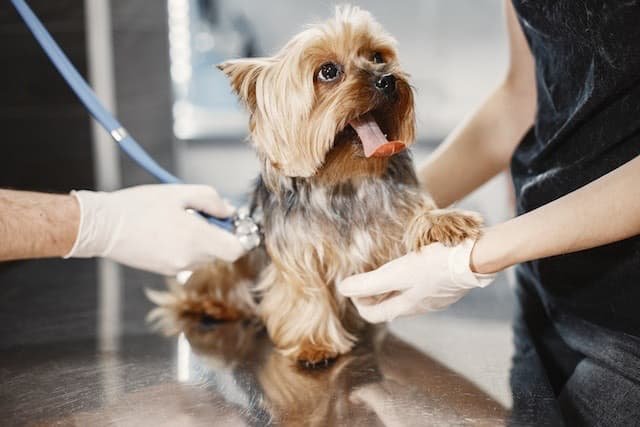TABLE OF CONTENTS
Zinc Deficiency
Zinc Deficiency is also known as Parakeratosis. It mostly occurs in Ruminants and pigs.
Zinc is required for:
- Gene expression (DNA & RNA metabolism)
- Vitamin A metabolism
- Immunity
- Keratinization
- Appetite
Etiology
Ruminants
Zinc deficiency in ruminants usually seen due to diet. Conditioning factors for Zinc absorption, utilization, availability also make zinc deficit.
Soil (pH>6.5), i.e. alkaline pH, These factor make it alkaline:
- Fertilizer: Nitrogenous & Phosphorus
- Fodder: too young/ too old plant – have poor digestibility
- Dietary sulfur
Pigs
- Availability of Zn affected by the presence of phytic acid in the plant protein. This phytic acid bound with the Zn and made to unavailable to monogastric animals.
- Excess of dietary calcium (0.5-1.5%) and Copper level
- Diarrhea
Pathogenesis
Zinc deficiency affects:
- Carbonic anhydrase enzyme metabolism, which is necessary for the transportation of CO2.
- Alters synthesis and regulation of certain hormones, like insulin & glucagon.
- Keratinization of skin epithelium, causes parakeratosis
- Skeletal disorder by poor bone mineralization
- Decreases feed in take in all the species, this is the main reason for the retarded
- growth and body weight in young animals.
- Poor wound healing
- Retarded testicular development and complete cessation of spermatogenesis
Clinical Signs
Pigs and Piglets
Prime or main signs are skin lesion called Parakeratosis and diarrhoea also seen.
Parakeratosis is circumscribed erythematic on ventral abdomen and inside the thigh, followed by 3-5 mm papule and covered with thick crust on limb joint, ears and tail. Crust develops fissures and crakes and easily detached from skin.
Cattle
Clinical signs in cattle are:
- Poor appetite
- Poor growth
- Alopecia
- Wrinkling of the skin on the legs, scrotum, neck, head especially around the nostril.
- Swelling of the coronets, hocks and knee
- Stiff gait, Haemorrhage around the teeth
- Ulceration of dental pad
- Mild diarrhea
Sheep
Clinical signs in sheep are:
- Loss of wool
- Development of thick wrinkled skin
- Eating of wool
- Ram – Impaired testicular growth and complete cessation of spermatogenesis
- Shedding of hooves, pungent odour on the animal
- Infertility
- Other signs as like in cattle
Differential diagnosis
- Vitamin A deficiency
- Sarcoptic mange
Diagnosis
- History
- Clinical signs
- Lab:
- Estimation of Zinc in serum and hair
- Skin biopsy to confirm diagnosis
Treatment
- Zinc carbonate or ZnSO4 @50mg/kg of DM – cattle or
- 200 mg of ZnSO4 /kg of feed
- Inj. Zn @2-4mg/kg body weight daily for 10 days
- Inj. ZnO2 in olive oil @ 200mg/calve & @50mg/lamb
- Goat: ZnSO4 @ 250mg PO daily for 4 wks for sheep
Prevention and control
- Zinc supplementation in cattle: 2-4g daily PO with feed
- Calcium content of diet for growing pig should be restricted to 0.5-0.6%.


